For many people, some of the best memories of their school years come from science fairs. These events provide an outlet for young people to express their creativity and feed their curiosity. There are so many fun projects out there that it’s hard to pick a winner, so we’ve collected some creative and engaging options for all ages that can be made with the help of a 3D printer!
We’ve categorized the projects into three different age groups: 8-12, 13-15, and 16-18 years old. We’ll start with the simplest projects targeted to the youngest kiddos and increase complexity from there. Added complexity also means that there may be additional tools required outside of what can be made with your 3D printer.
Although these projects are relatively simple and easy, it’s important to work with adult supervision for added safety and fun. Come check out these super cool projects and inspire the little scientist in you to discover the secrets of the universe!
Kids Periscope
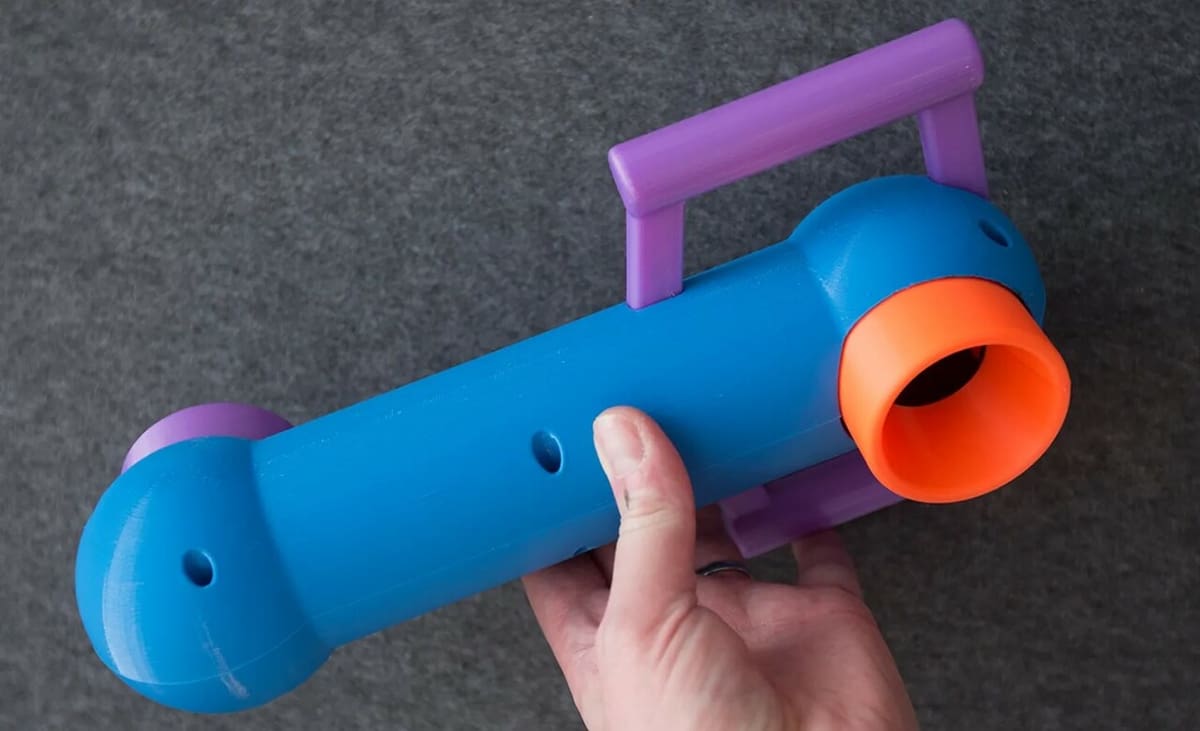
While you may not be seeing periscopes too often in your day-to-day, they can still be a useful learning tool. Children will certainly find it amusing to peek out from behind the cover of their toy crate, but the science aspect of this toy should not be forgotten! The set of internal mirrors angled just right can direct light in a way that allows you to see what’s happening above you.
Although simple, this periscope will need glass mirrors. You could possibly opt for other types of reflective materials for more safety, but a mirror is much more accurate and the image is perfect. To assemble this apparatus you’ll also need some screws and nuts. It’s recommended to paint the inside black to avoid unwanted reflections.
- Designer: Martin
- Difficulty: 8-12 years old
- Core components: 3D printed parts, mirrors, screws
- Project page: Printables
Rubber Band Car

With this project, little ones can learn about some basics of the transfer of energy to achieve movement. Made entirely from 3D printed parts and rubber bands, this car can be assembled in minutes with precise mechanisms to create a totally new type of engine. Experiment with different types of rubber bands and see how it affects how far your car can travel!
The screws and nuts are also made entirely of 3D printed parts, and the assembly will require some tinkering. Whether it’s just for learning or creating a race in the name of science, this car will be a lot of fun to try.
- Designer: Stemfie3D
- Difficulty: 8-12 years old
- Core components: 3D printed parts, rubber bands
- Project page: Printables
Lever Principle
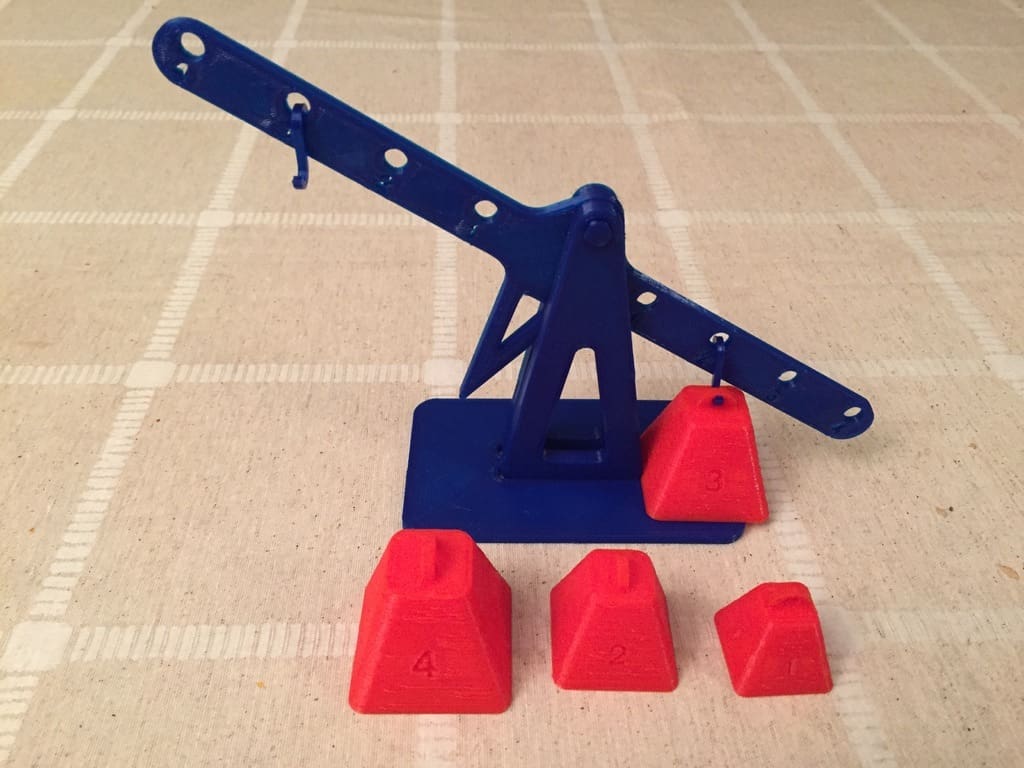
Leveling and balance are very useful principles for many occasions in life, not just for science. Some of these principles we learn unintentionally, but with this print, you can experiment by observing different weight loads, then testing your own theories.
This print could also be a valuable learning demonstration about the physics of counterweights for older kids. Learning by experimenting is exciting for all ages and is always more fun than just seeing formulas.
- Designer: dabe
- Difficulty: 8-12 years old
- Core components: 3D printed parts
- Project page: Thingiverse
Frog Dissection Kit
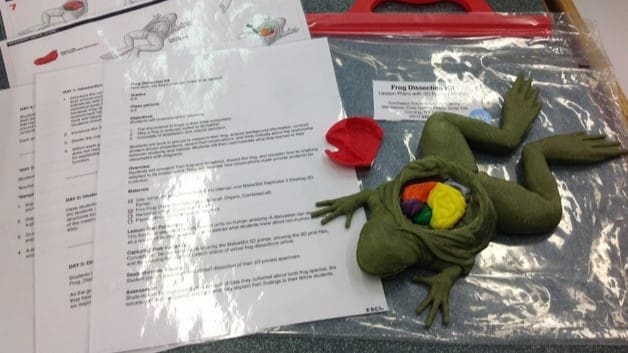
Gone are the days when it was necessary to dissect real frogs in classrooms in order to be able to teach about anatomy. Now with a 3D printer, you can make frogs and even other animals out of plastic without having to sacrifice lives in the name of science. Learn about anatomy with no mess, no unpleasant smell, and no trauma!
A bonus for this print is that there’s also a lesson plan with PDF handouts to facilitate learning. You can even print the internal organs with different colors to make learning easier. Go ahead and do this as a buddy project to save more (plastic) frog lives out there!
- Designer: MakerBot
- Difficulty: 13-15 years old
- Core components: 3D printed parts
- Project page: Thingiverse
Gravitational Energy
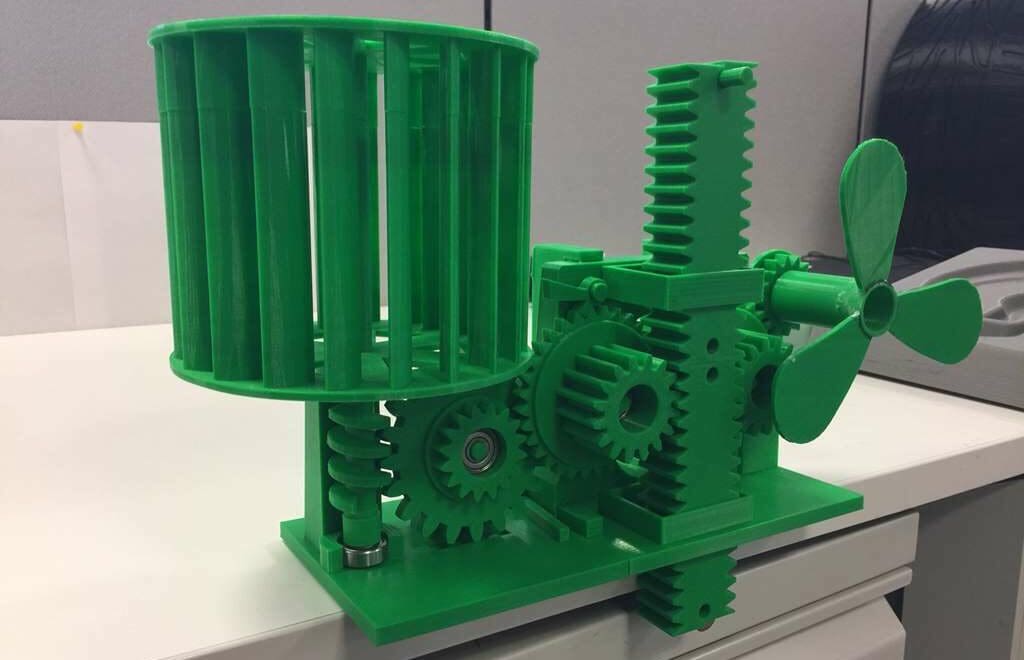
Sustainable practices are becoming a necessity in today’s world, and their use will have the greatest impact on the youngest generations. 3D printing is a great tool to explore innovative ideas that can reduce waste or save energy. Renewable sources such as solar and wind are very promising, but there’s one more that we can add: gravitational.
This print exhibits the concept of a “gravity battery” that stores wind energy by using gears to lift a weighted bar. Once at the maximum height, releasing the bar turns separate gears that drive a fan! To increase efficiency, you can add bearings.
The creator recommends that the parts be made of ABS with 30% infill, except for the weighted bar, which should have 100% infill.
- Designer: hyperplanemike
- Difficulty: 13-15 years old
- Core components: 3D printed parts
- Project page: Thingiverse
Bionic Hand Skeleton
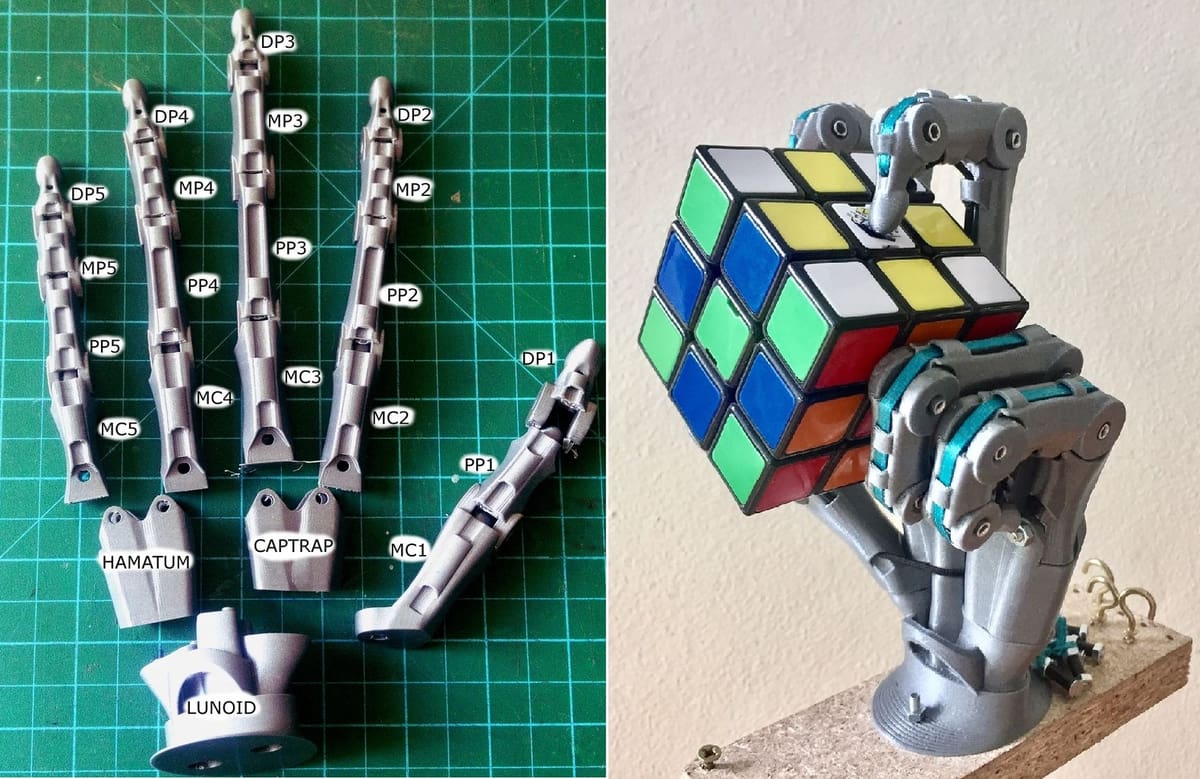
For some young people, anatomy is something fascinating and inspiring, and this project may be the perfect choice to fit that interest. This print is made to model how our fingers work with the ribbons functioning as our tendons. The hand was designed based on one used for prosthetics.
This piece can always lend a hand when you watch videos, teach anatomy, or serve as a puzzle to test your skeletal knowledge. The hand and ribbons that simulate tendons can be fastened in different positions on a plate for easy handling and observation of the complex functioning of the fingers.
- Designer: HendoJ
- Difficulty: 13-15 years old
- Core components: 3D printed parts, ribbon, wooden board, screws
- Project page: Instructables
Newtonian Telescope
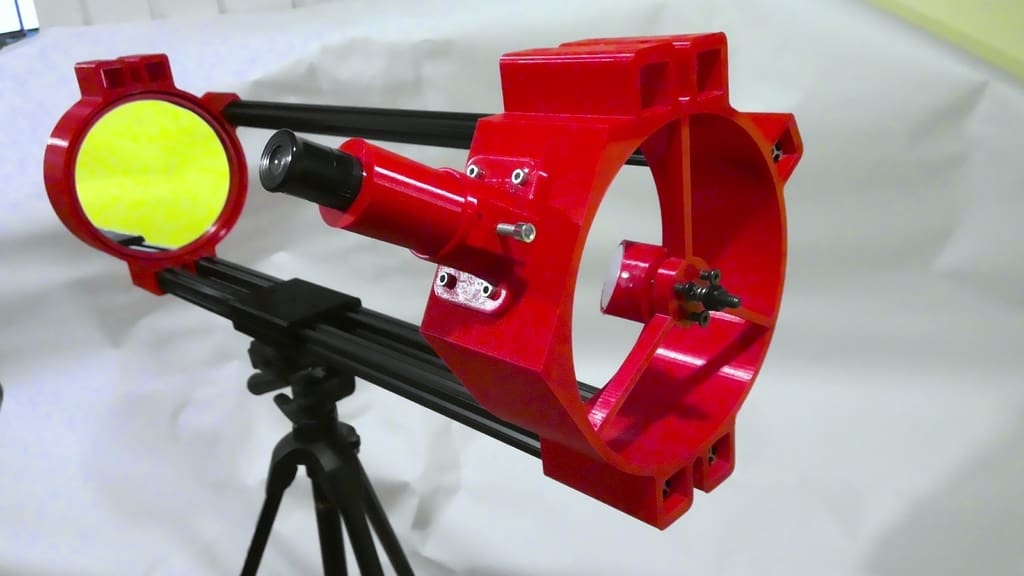
Fascination with space can often begin at a very early age. For those interested in seeing beyond our sky, this print is a great science project that could continue to engage young ones in science for long after it’s first assembled. This beautiful Newtonian telescope uses a larger primary mirror and a smaller secondary mirror for you to get a closer look at what’s up above. Despite the open design, you’ll be able to enjoy many incredible and breathtaking images.
Another advantage of making your own telescope is the experience you’ll gain from the various adjustments and optimizations possible. 3D printing is perfect for this kind of experimentation because you can easily modify your design and print a new one! Maybe this will be the first of many 3D printed telescopes; the same designer has also posted a more sophisticated model for you to try next!
- Designer: Greyman633
- Difficulty: 13-15 years old
- Core components: 3D printed parts, aluminum bars, mirrors, a lens, screws
- Project page: Thingiverse
Minimalist Colorimeter
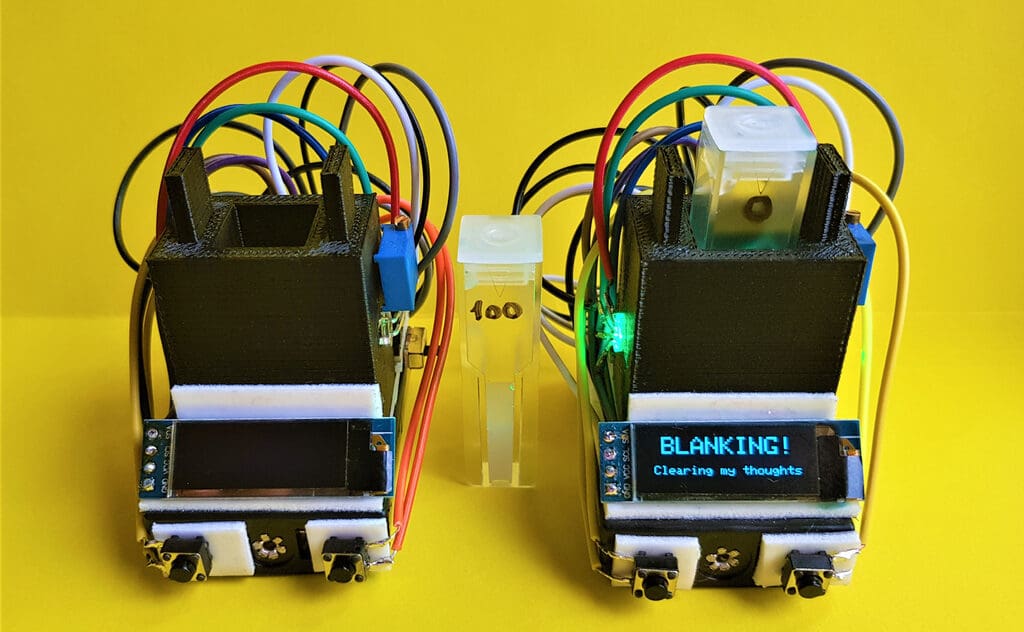
A colorimeter is a device used to measure color by observing changes in light from passing it through a liquid solution. The three main components of a colorimeter are a light source, a cuvette containing the sample solution, and a photocell to detect the outgoing light.
The uses for this homemade laboratory equipment can range from monitoring the growth of a bacteria or yeast culture to testing water quality for unwanted chemicals. On the project page, the creator provides detail about a great experiment that uses a color-changing solution extracted from red cabbage. Depending on the pH, the red cabbage solution will change color, which you can then measure with your new colorimeter!
- Designer: fluidmovingfire
- Difficulty: 16-18 years old
- Core components: 3D printed parts, battery case, Arduino Pro Mini, OLED display, potentiometer, RGB LEDs, photo-diodes, switches, cuvettes
- Project page: Thingiverse
Acoustic Levitator
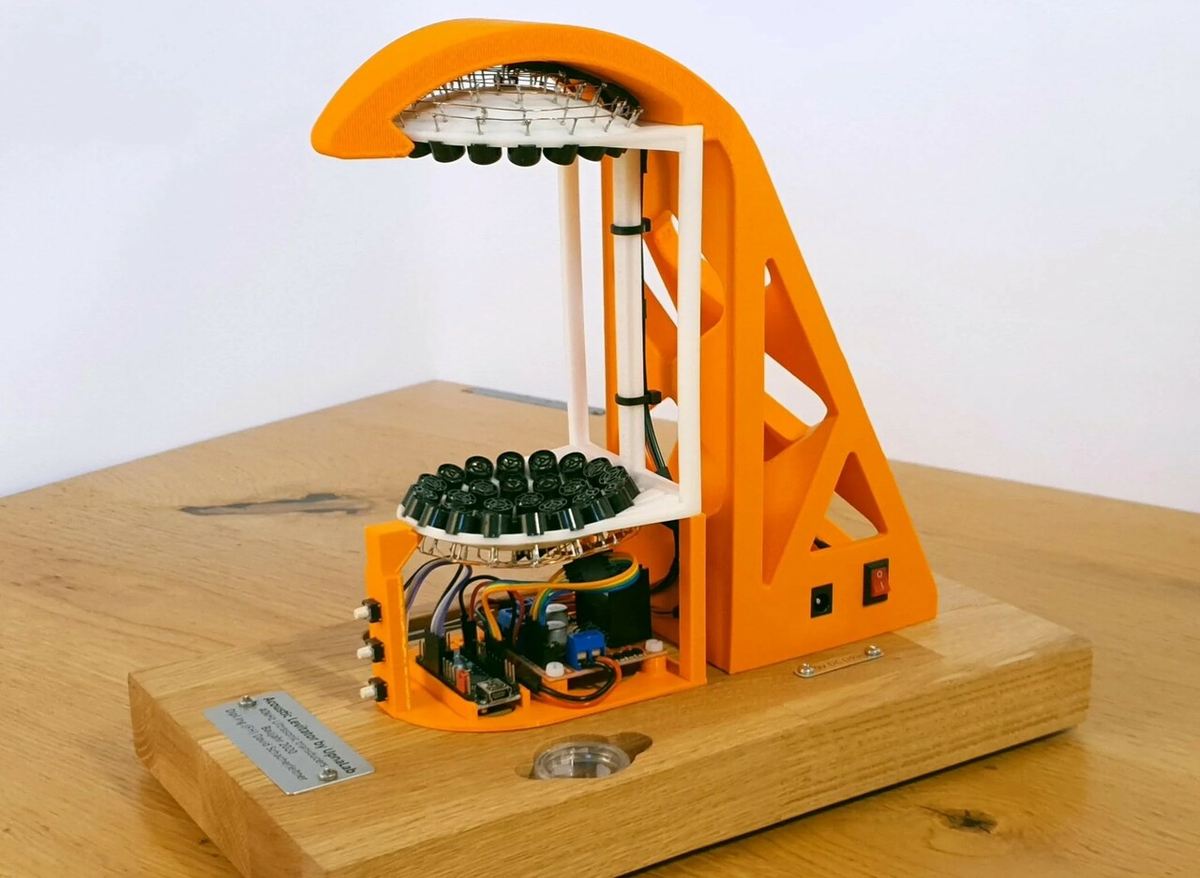
Here, you can find a project that uses sound to keep liquids, solids, and even ants suspended in the air! By using 72 transducers, this science project defies your reasoning and performs levitation. (Don’t worry though, there’s a scientific explanation for this effect.) While this project may seem difficult at first sight, 62 people have already posted a completed make on Instructables, so you can do it too!
This project takes a lot of care to assemble the transducers, including checking each one to make sure they are connected in the correct polarity and arranging them on the printed structure in an orderly way.
On the same project page, there’s a smaller alternative version you can try out that uses only an Arduino Nano and two transducers.
- Designer: UpnaLab
- Difficulty: 16-18 years old
- Core components: 3D printed parts, transducers, Arduino Nano, L298N Motor Drive Board, wood or acrylic, power switch, DC adaptor, DC female connector, wires
- Project page: Instructables
Self-Balancing Robot
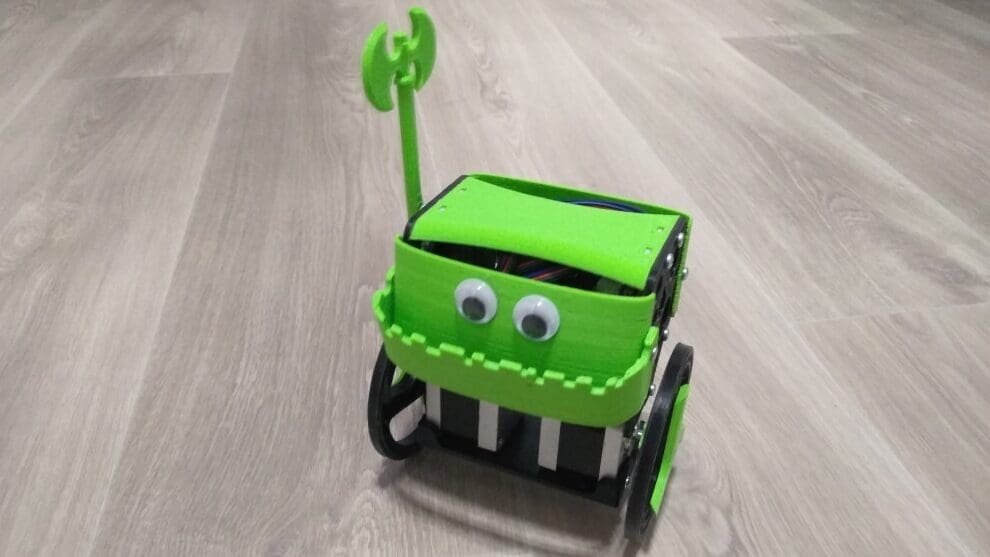
This very friendly little robot is stable, fast, and ready to race and fight epic battles in the name of science. With the help of an app that you can download from the Google Play or Apple App store, controling this robot is made easy! You can experiment with ways to improve the design or put its balancing skills to the test.
The creator has tried to make the assembly of this robot as approachable as possible. In addition to the GitHub and Instructables pages, there are also two assembly tutorials on YouTube for whether you opt for a DEVIA control board or a Brain Shield.
In the latest updates, it’s reported that you can control the robot from a distance of up to 40 meters. The creator also mentions that the same components used in this project can be reused to explore other entry-level robotics projects such as the Air Hockey Robot, Sphere-O-Bot, iBoardbot, and Camera Slider robot.
-
- Designer: jjrobots
- Difficulty: 16-18 years old
- Core components: 3D printed parts, DEVIA control board, USB cable, stepper motors, stepper motor driver, AA battery case with a switch, bolts, nuts
- Project page: Thingiverse, Instructables, GitHub
License: The text of "The 10 Best 3D Printing Science Projects & Ideas" by All3DP is licensed under a Creative Commons Attribution 4.0 International License.


